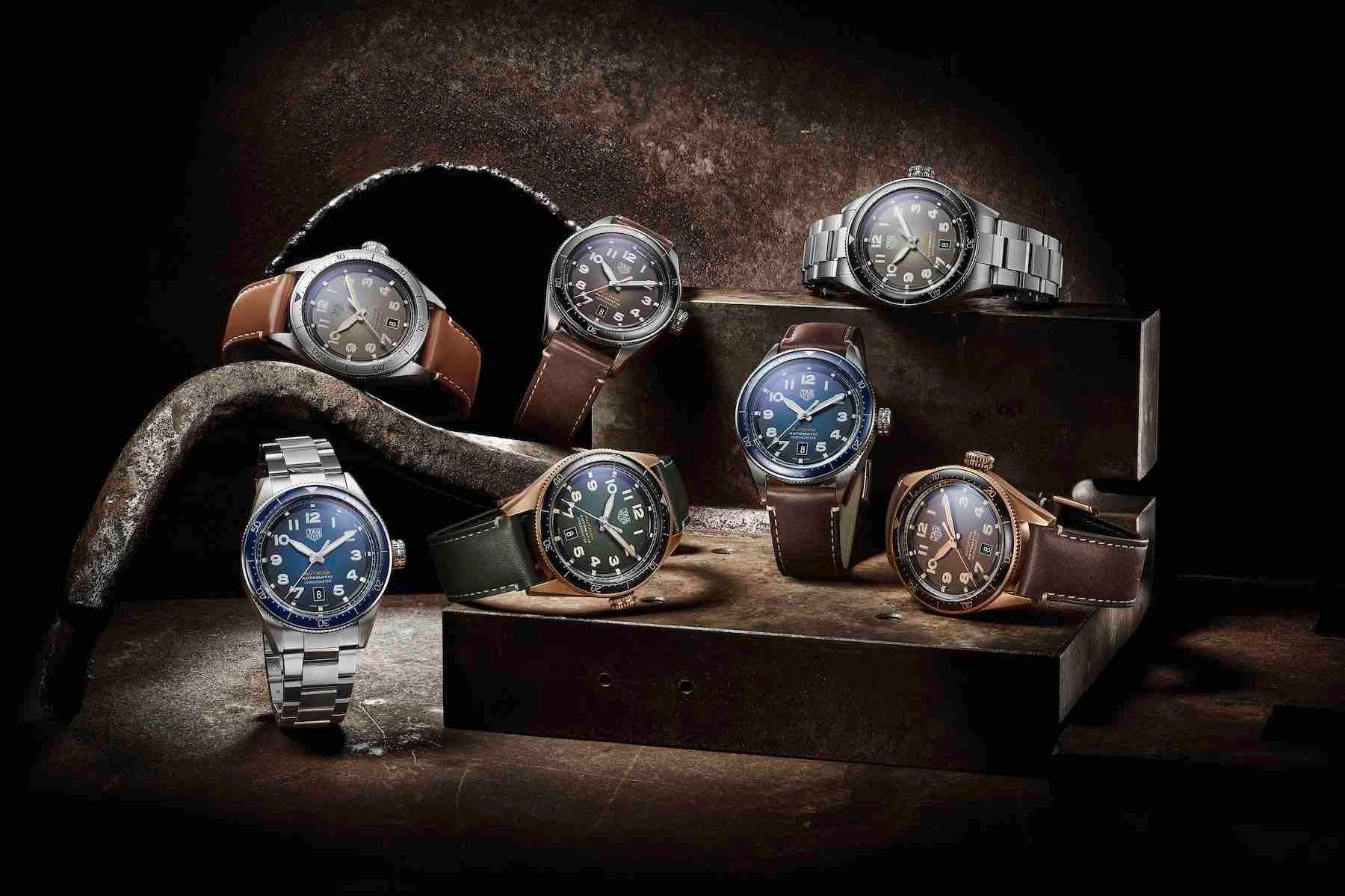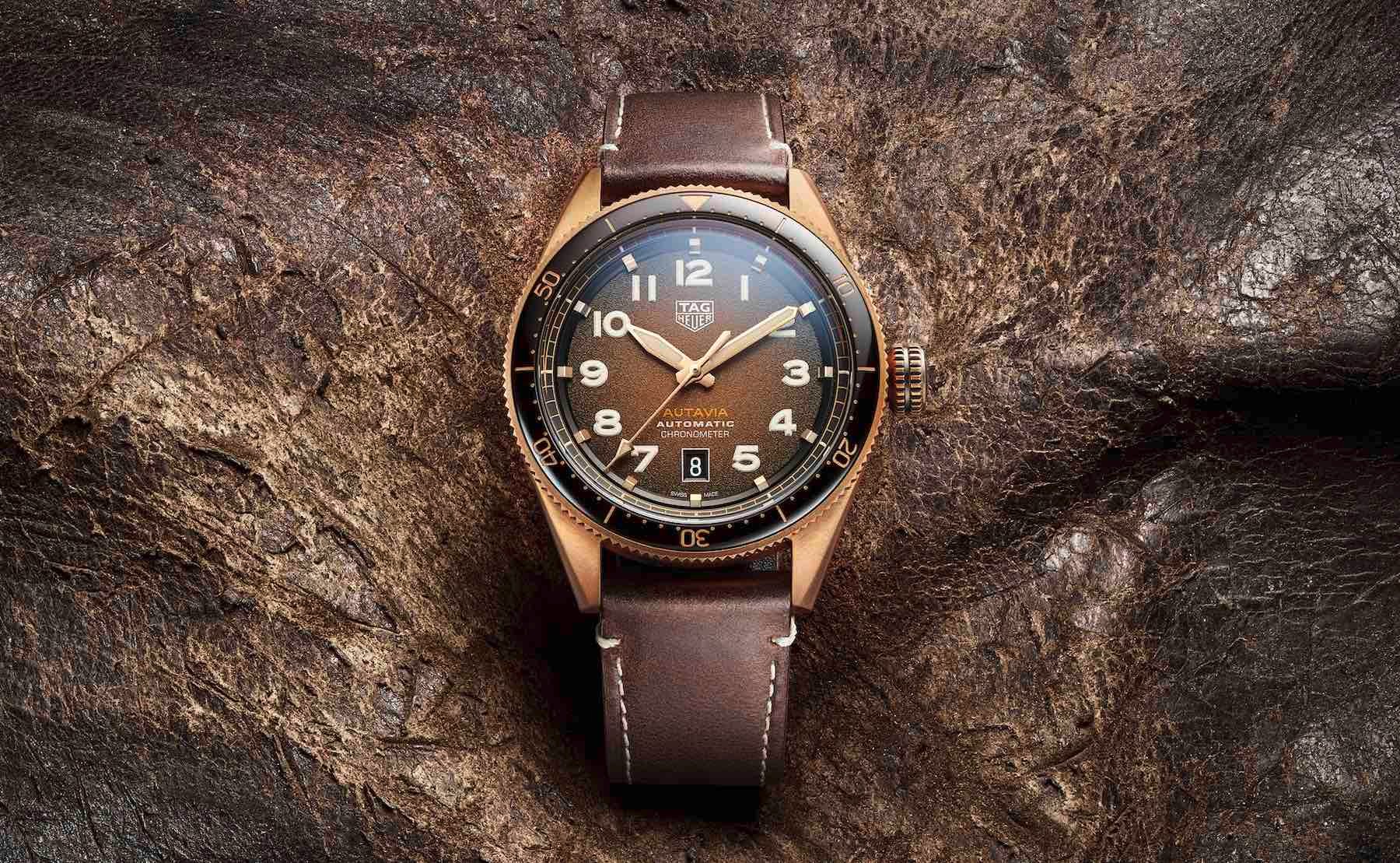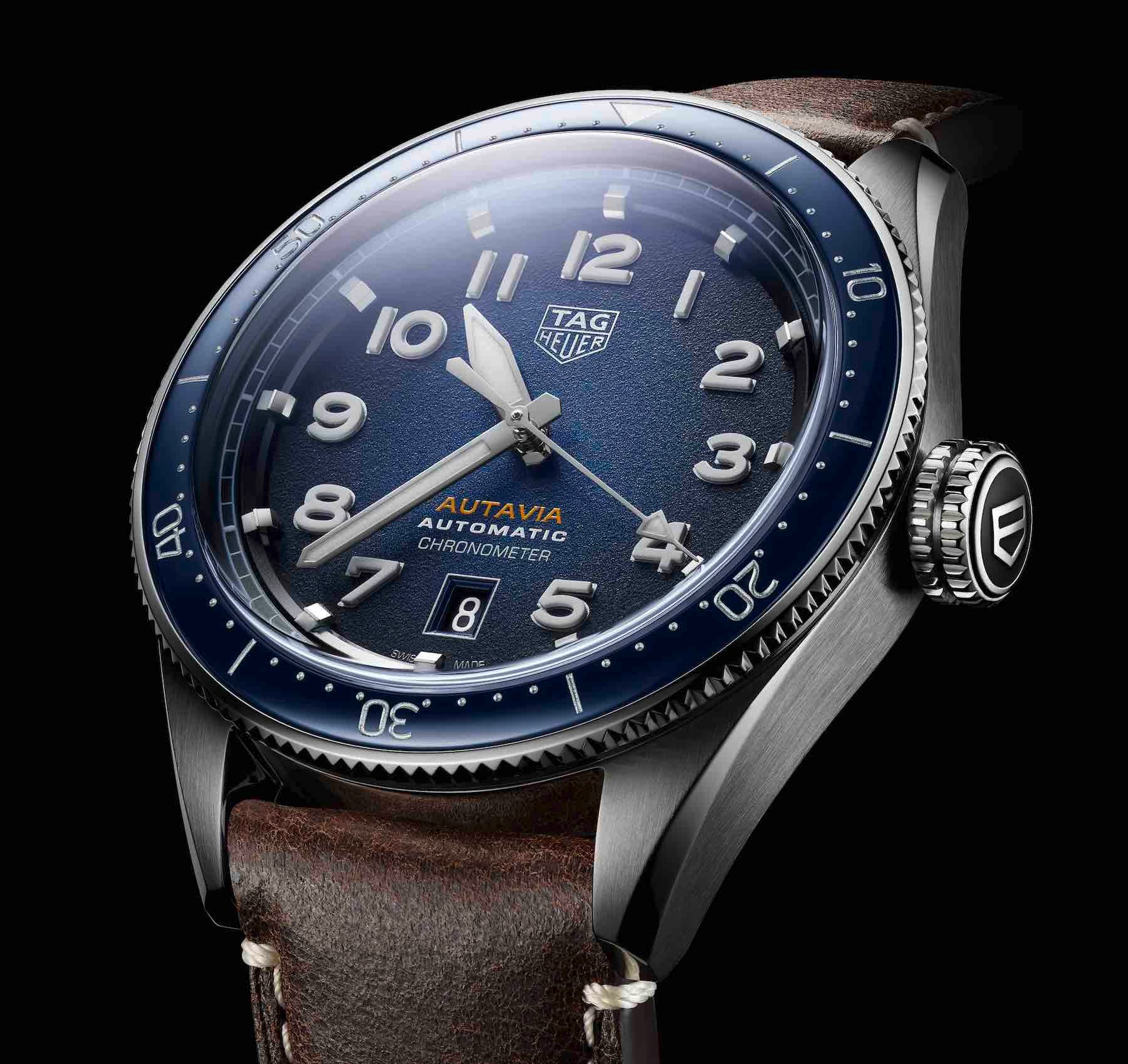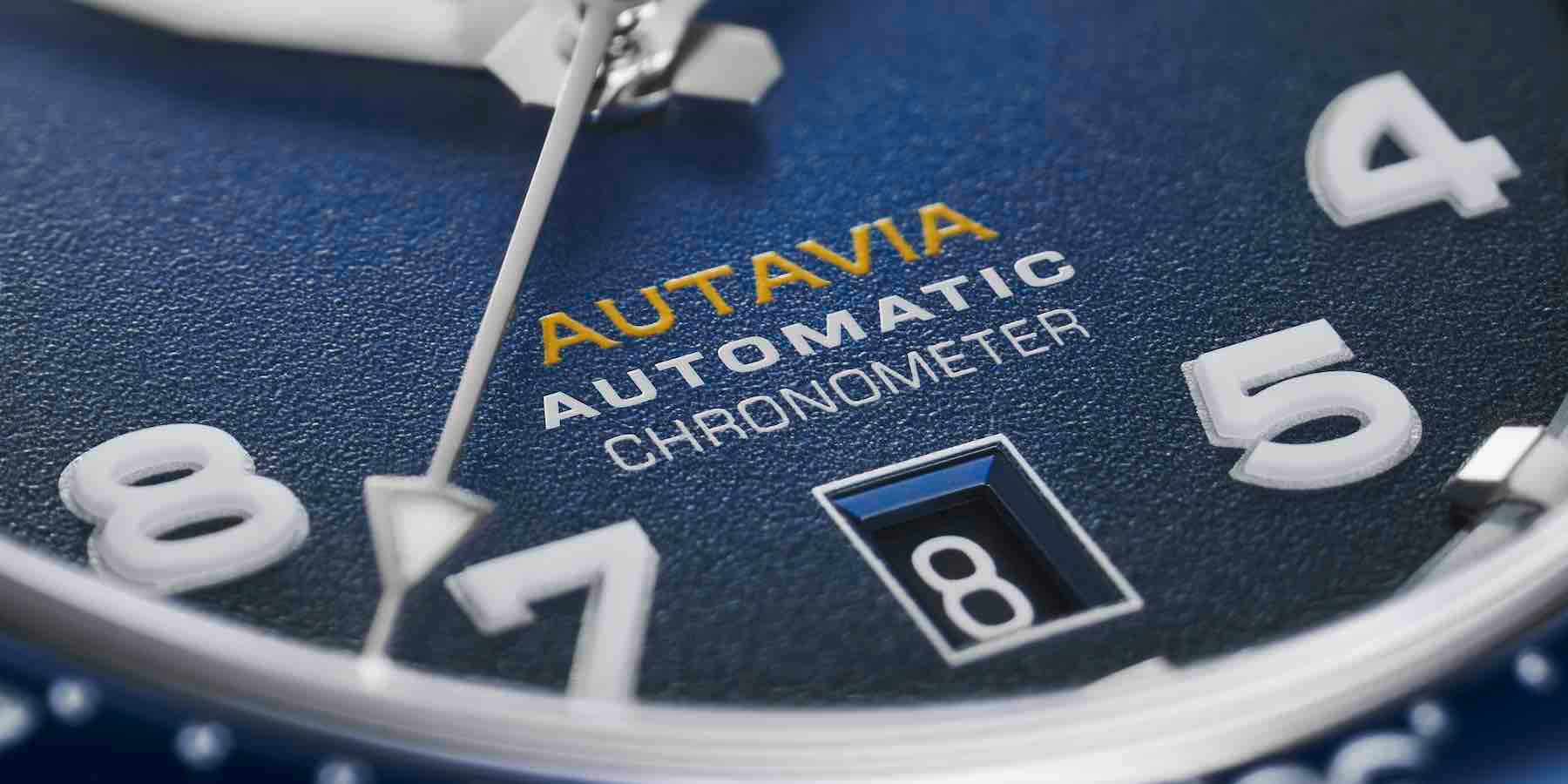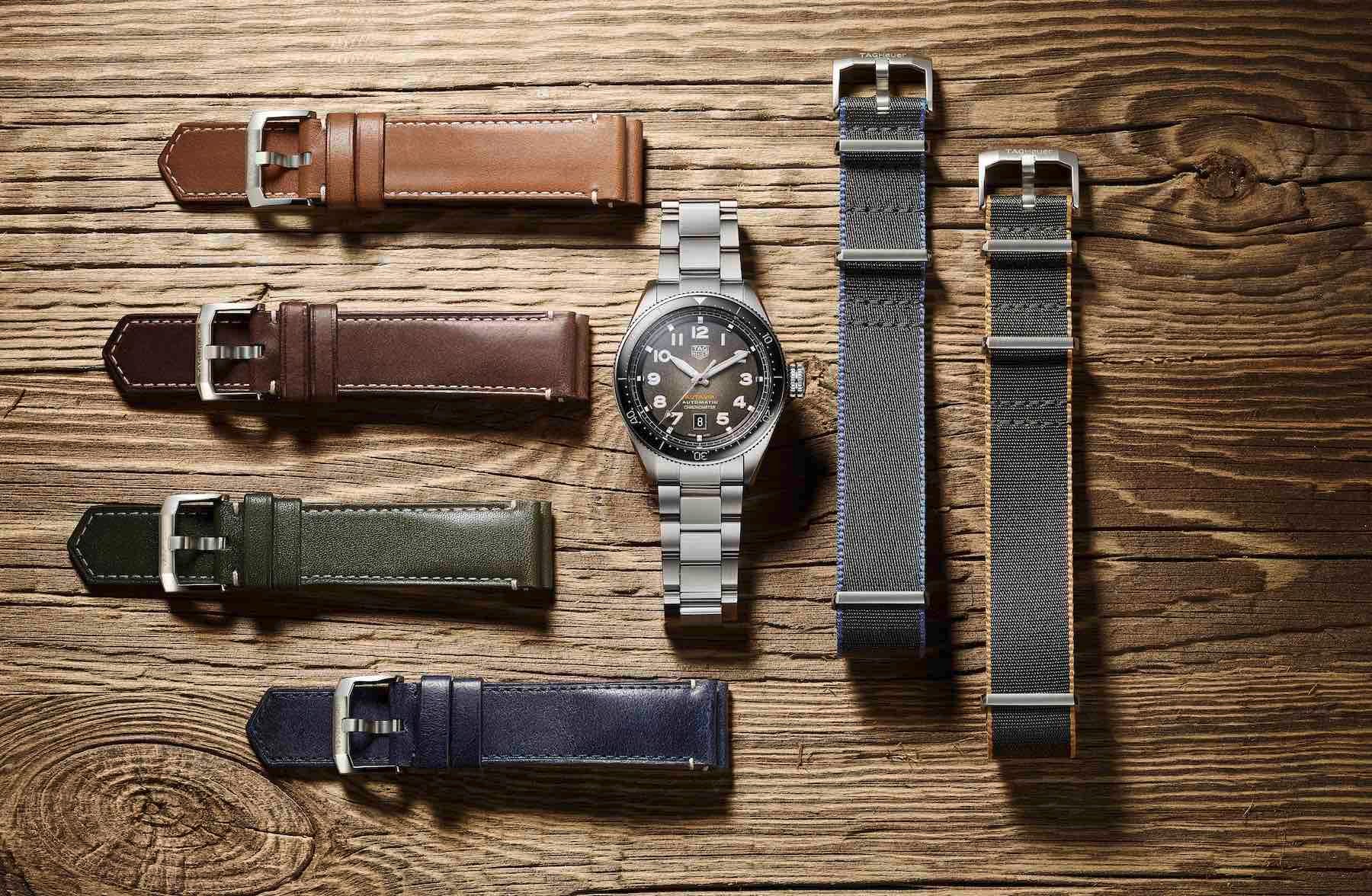TAG Heuer Autavia Watch Collection Boosted By Hairspring Upgrade
Beauty, they say, is only skin deep. That turned out to be the case for the well-received TAG Heuer Autavia Isograph models released last year before a worldwide product recall prompted speculation regarding the performance of the revolutionary Isograph hairspring. Thankfully, the LVMH powerhouse has stepped-up with a tried and tested solution — the trusty Caliber 5.
Product recalls are a nightmare. It doesn’t matter how impressive the launch venue was. No one cares how tasty the canapés were, or how easily the champagne went down. No, despite what the modern world of luxury sales would have you believe on occasion, the product still matters. It is the king. And the buying public? Well, they are the kingmakers. Disappoint or, far worse, ignore them at your peril. It may not have been the swiftest or most transparent response to the problem identified with last year’s Autavia Isograph, but TAG Heuer has kicked off with 2020 by coming up with a satisfactory fix.
We covered the release of the TAG Heuer Autavia Isograph when it debuted in Basel last year. It was, despite looking very little like the much-loved chronograph of the same name, heartily welcomed into the fold. And with good reason: It’s a good looking watch at a reasonable price. That pricetag seemed even more reasonable thanks to the movement — although more specifically the hairspring — within the watch.
TAG Heuer Autavia Isograph
The original (as we can now call them) TAG Heuer Autavia Isograph watches were powered by the Caliber 5, outfitted with a carbon composite hairspring. The hairspring was supposed to be a game-changing development in this competitive price bracket, but it seems it didn’t fare as well in the real world as it did in the laboratory. About six months after the model hit the shelves, it started disappearing from the internet. TAG Heuer’s official website removed all reference to the Isograph while the issue was analyzed behind closed doors. With little communication to the public, TAG Heuer fans were left speculating as to the nature of the problem.
And that speculation may continue a while longer, as no detailed explanation as to what exactly was wrong with the new hairspring has emerged. Pleasingly, however, the TAG Heuer Autavia is back. Now fitted with a standard, COSC-certified Caliber 5, the model that prides itself in melding the design language of both automotive and aviation fields has been re-released. And for those eagle-eyed collectors out there, a treat exists on the dial.
A talking point
Gone is the Isograph printing that previously sat between the “Autavia” and “Chronometer” text above the 6 o’clock marker. In its place is the word “automatic”. It seems likely that relatively few Isograph models ended up in the hands of end-consumers (given the surreptitiousness with which TAG was able to pull off the recall), but those pieces are now rather special.
For now, it seems as if the Isograph technology will be shelved. Whether it makes a comeback remains to be seen. If that never happens, then we would be facing an interesting situation. There are few things more collectible in the watchmaking industry than dial printing anomalies. Perhaps prices for the Isograph will not reflect their scarcity (given the unknown lifespan of the doomed hairspring), but their novelty is certainly a talking point in which their owners can take some pride.
A reliable movement
The succeeding Caliber 5 is a reliable movement and up to the rigors of daily use. Housed within a 42mm case (in either bronze of 316L stainless steel), Caliber 5 has been certified as a chronometer. The bidirectional rotating bezel is topped with a ceramic insert, which coordinates with the fumé dials available in green or brown for the bronze models, and blue, grey, or black for the steel options. As well as the “new” hairspring, the TAG Heuer Autavia has a new price as well. Previously, the range started at $3,500 for the steel model with the steel bezel, but that’s deen dropped to a $3,000 entry-point. You’ll pay $3,100 for the models with a ceramic bezel on a leather strap, and up to $3,350 for the steel versions on the bracelet, and a maximum of $3,850 for the two bronze variants on leather straps. To learn more about the brand, check out TAG Heuer’s official website here.

